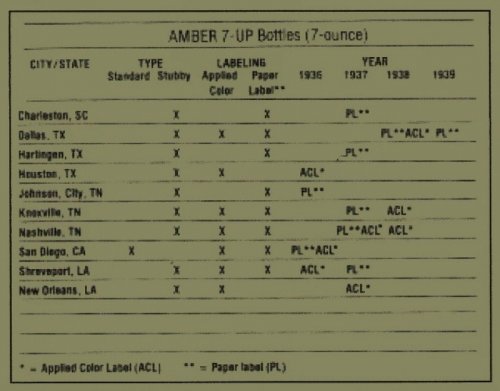SODAPOPBOB
Well-Known Member
- Joined
- Mar 10, 2010
- Messages
- 11,502
- Reaction score
- 49
- Points
- 0
You're busted, man! I'm calling them right now! I have your PM address and the FBI can figure out the rest of it from there. Seriously, though. That's a great idea, and one I thought of myself a while back, except that our library didn't have a copy of the book.
So I guess this means you won't be contacting me for additional information from the book. Darn ... because I usually charge a penny per word for that service. Oh well, life goes on. [ ]
]
Thanks again,
SPBOB
So I guess this means you won't be contacting me for additional information from the book. Darn ... because I usually charge a penny per word for that service. Oh well, life goes on. [
Thanks again,
SPBOB




